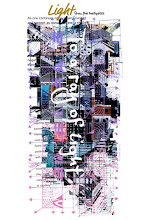The two snakes were also found on the Egyptian winged sun. For example, the two snakes in the center of the winged sun of the Temple of Kom Ombo.
Medinet Habu's winged sun and two snakes.
A combination of Uraeus and a winged snake from Egypt .

Two winged suns are lined up in the temple of Dendera in Egypt, with two snakes on the upper side and an insect called scarab on the lower side.
In ancient Egypt, scarabs were equated with the sun god Khepri. Khepri is one of the forms of the sun god Ra in Egyptian mythology. In other words, the winged sun, scarab, sun god Khepri, and sun god Ra also represent Emptiness.
In ancient Egypt, the sun and moon were considered to be the figure of a falcon, or the eyes of the sky god Horus (the eyes of Horus). Eventually the two eyes were distinguished, with the left eye being the eye of the god Wadjet, the symbol of the moon, and the right eye being the eye of Ra, the symbol of the sun. Wadjet is depicted in the form of a cobra, or a lion woman with a cobra over her head.
The insignia of the snake on the top of Wadjet is called Uraeus. The round sun behind Uraeus can also be seen in the winged sun. Uraeus is also decorated on the forehead of Tutankhamen.
The conclusion is that the goddess Meretseger, depicted as a woman with the head of Uraeus or as a cobra with the head of a woman, is sometimes depicted with two snakes, which also represents Emptiness.
Anubis, Horus, Khepri, Wadjet, and Meretseger that have appeared so far have in common the cross called Ankh. In other words, the conclusion is that Ankh, these gods, and Egyptian mythology all represent Emptiness.





























0 コメント